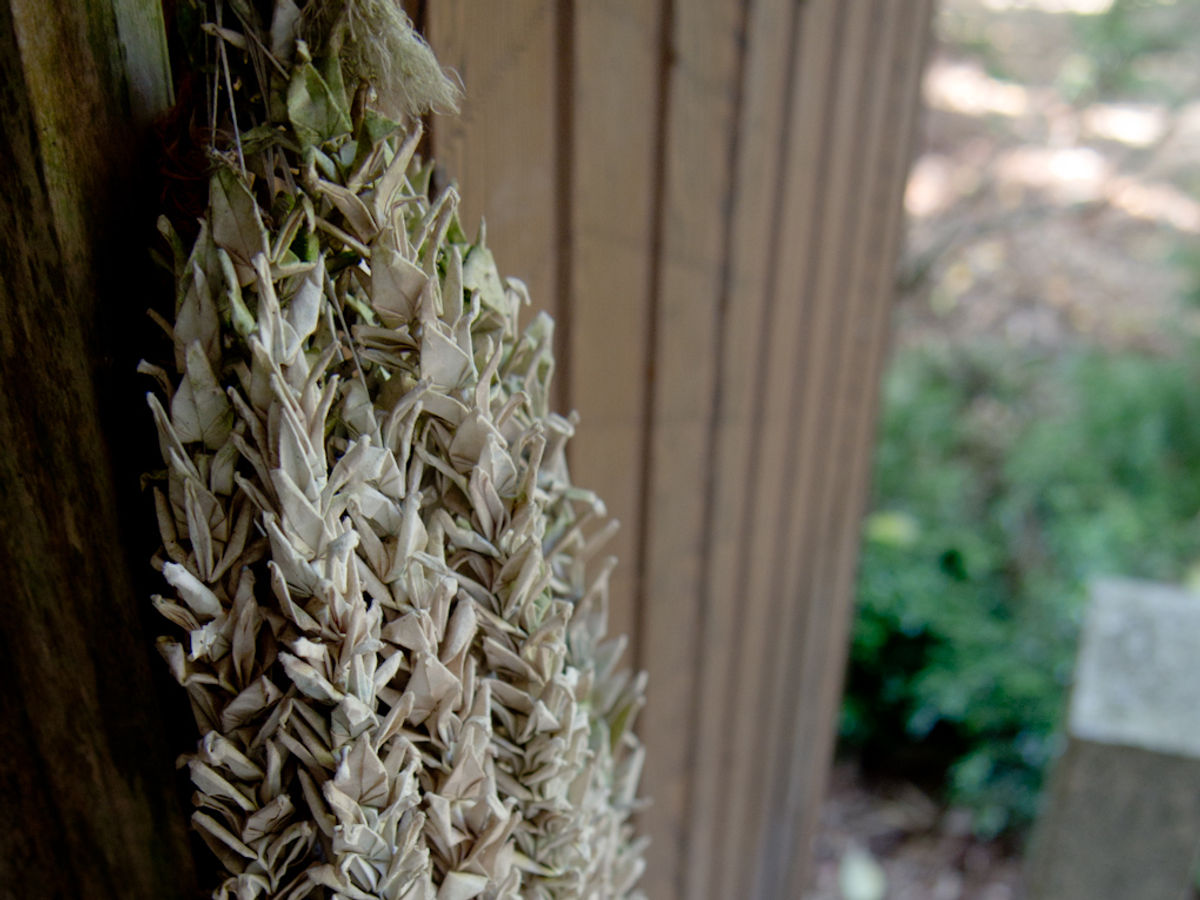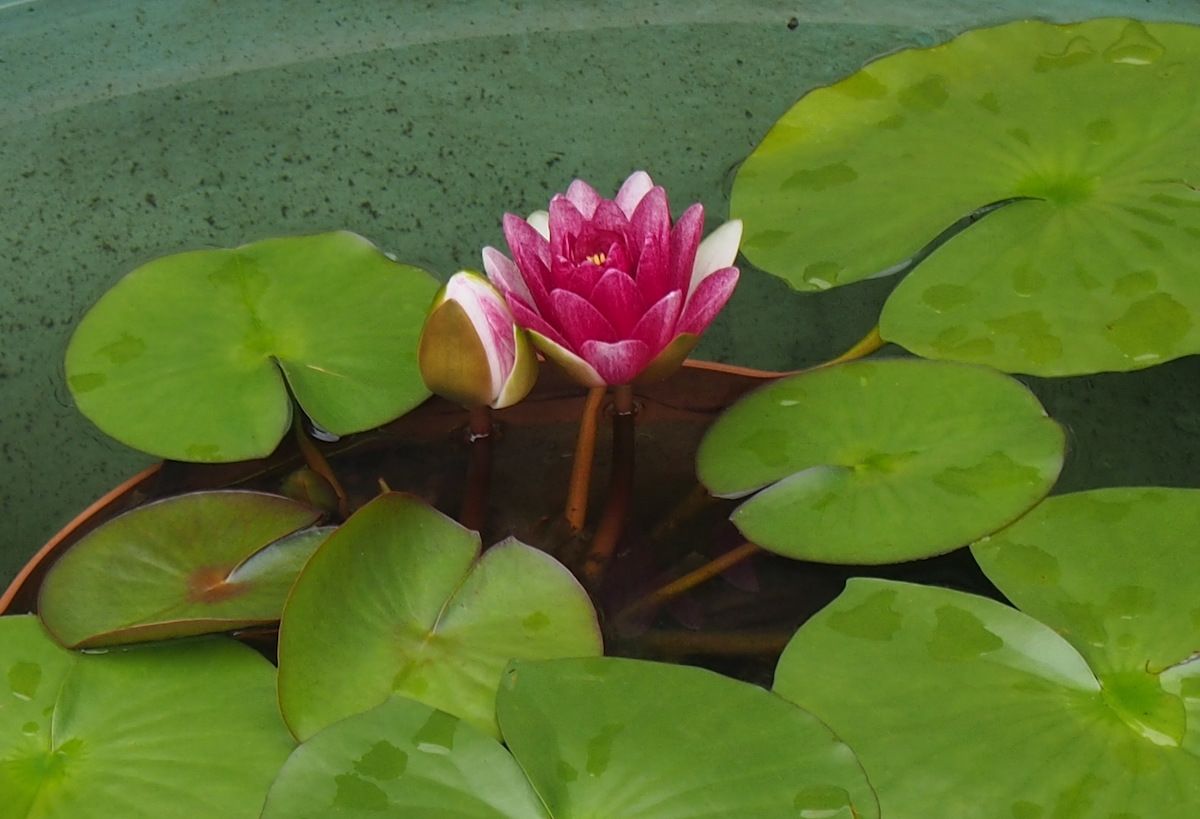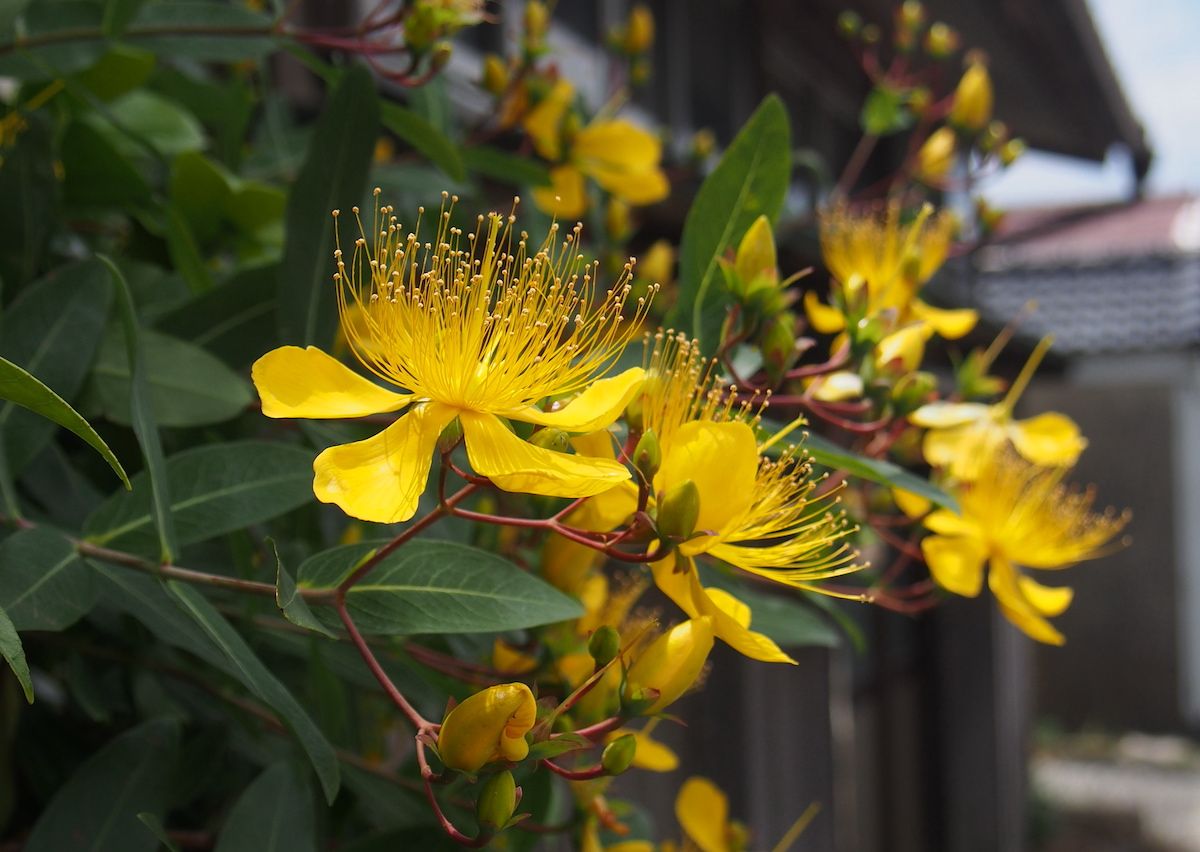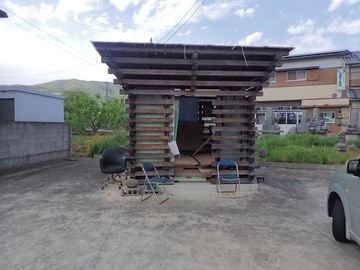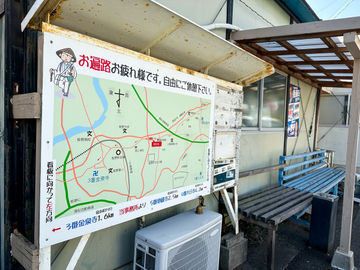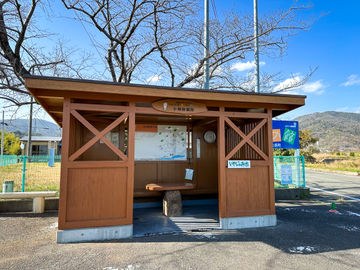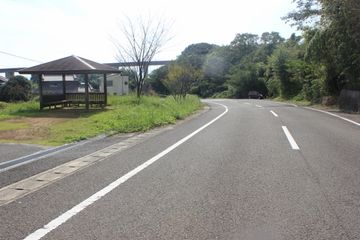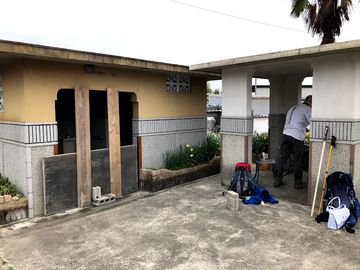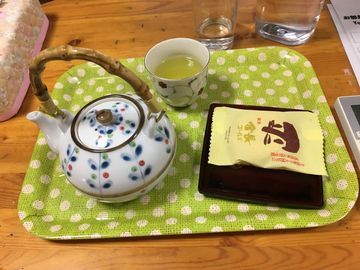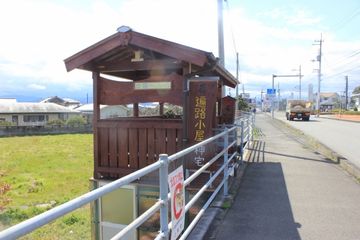
Dainichiji is the fourth temple on the Shikoku Pilgrimage, located in Itano town in Tokushima Prefecture. Tucked into a gentle slope at around 70 m elevation, it offers a quiet, rural setting framed by woodland and silence. Its main hall, built in the mid-17th century and restored later in the Edo era, blends traditional Shingon design with Zen architectural elements and bears the Hachisuka family crest, once lords of Awa province.
The temple’s principal image is a seated statue of Dainichi Nyorai, said to have been carved by Kōbō Daishi in 815 after experiencing a vision of the cosmic Buddha descending on purple clouds. The temple’s name derives from this deeply significant image and event. Along the corridors are 33 wooden statues of Kannon, donated in the late Edo period by pilgrims from across western Japan in connection with the Saigoku pilgrimage—an artistic highlight of the site.
A serene legend associated with Dainichiji describes how Kōbō Daishi, during solitary training here, carved the Dainichi‑Nyorai image after feeling its presence in a purple cloud. The founding of the temple stems directly from that spiritual moment and gave rise to its name—“Temple of the Great Sun”.
The grounds are compact yet evocative, entered through a distinctive two-story gate (the bell tower gate or shōryōmon), leading through firmus courtyards toward the main hall and Daishidō (hall of the founder). Pilgrims often pause here to reflect before continuing the journey westward. Despite its modest size, the temple holds national significance: the entire site is classified as a historic pilgrimage route, and its structures and statues embody centuries of local faith and restoration.
Hours
ClosedAmenities & Facilities
Key Distances & Elevations


